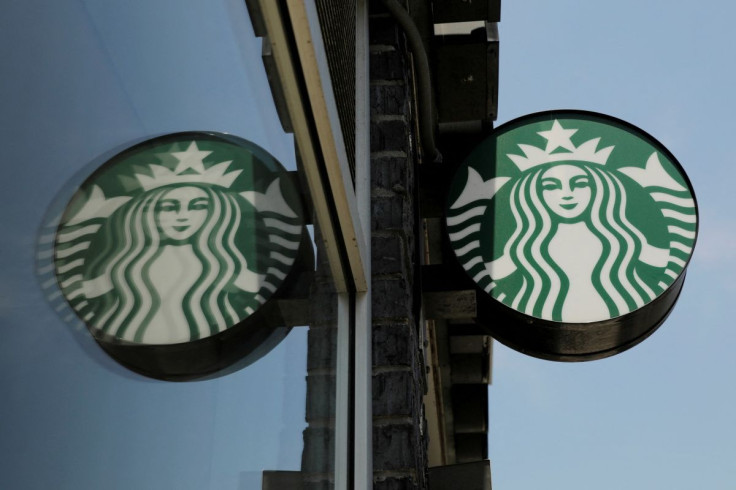Starbucks Offering 50% On Cold Drinks Every Tuesday In July

Starbuck is offering customers a chance to get half-off on select cold drinks on the menu throughout July. The move is a bid to stay ahead of any consumer pullback over inflation at the height of summer when more cold drinks are being sold.
Starting Tuesday, July 5, Starbucks will be offering members of its rewards loyalty membership program 50% off through its app. The offer is available at a variety of locations nationwide that are participating in the program and will be limited to one per customer.
According to the coffee maker, the offer is only valid for handcrafted beverages and excludes "ready to drink, bottled beverages and alcohol" and cannot "be combined with other offers or discounts.” The discount is also only available if ordered in the app for pick-up or in-person at a store, not for deliveries.
The discount was announced after months of concern that rising inflation poses an acute threat to Starbucks’ regular earnings. In February, Starbucks then-president and CEO Kevin Johnson announced that prices would be raised over higher production and labor costs.
“We have additional pricing actions planned through the balance of this year, which play an important role to mitigate cost pressures, including inflation, as we position our business for the future,” Johnson said on an earnings call on Feb. 2.
Despite this, the move was panned by some commentators because Starbucks has touted its continuing sales growth in the face of inflation. After the second quarter of 2022 concluded, the company announced that store sales increased 7% globally and were 12% higher in the U.S. and North America.




















